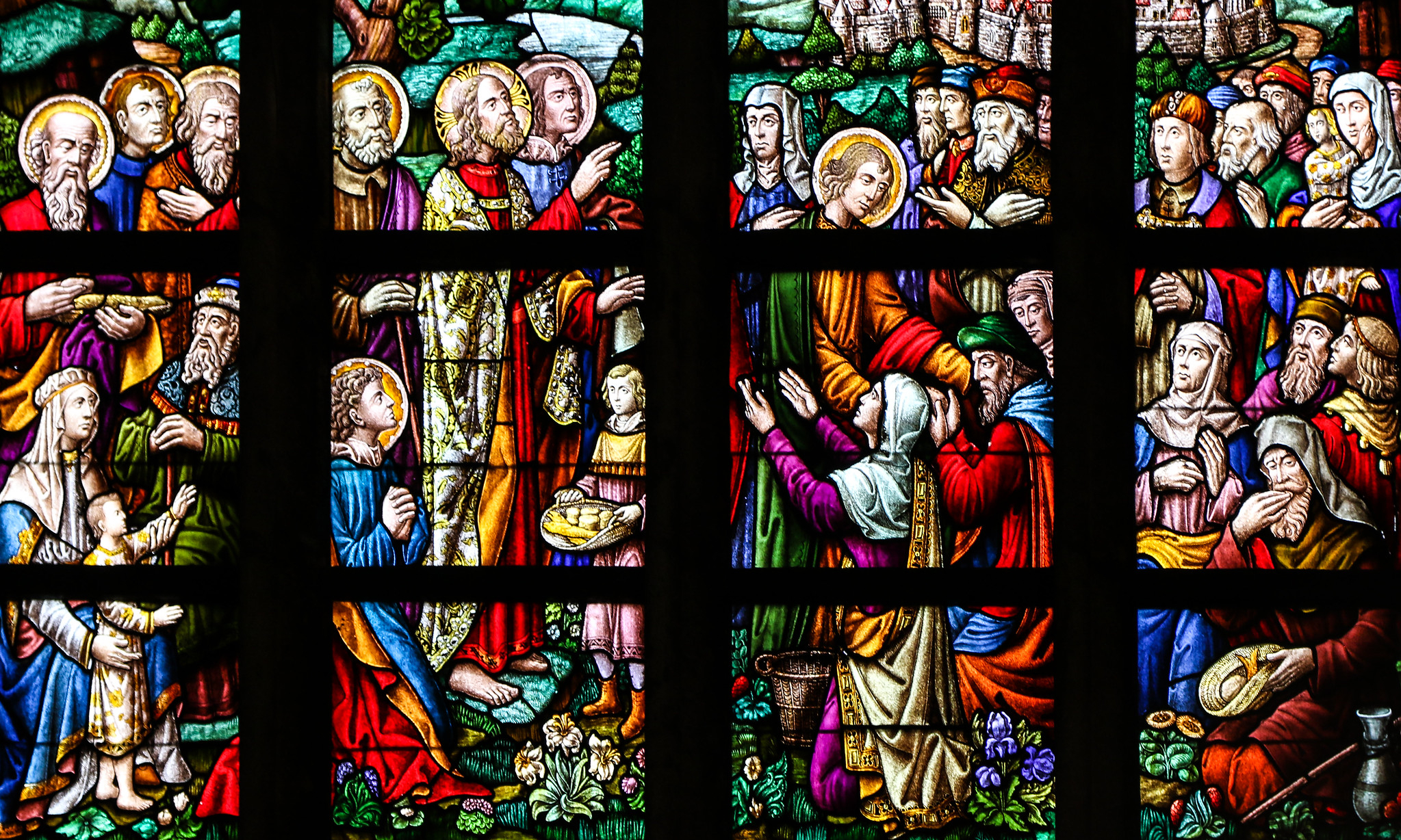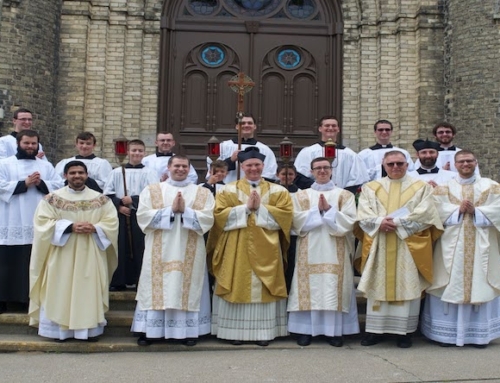It is easy today to over-spiritualize religion. We presume that what we do with our bodies matters little for the spiritual life—only our souls matter. But this is a false dichotomy. Each of us is a body-soul composite who lives, moves, and acts always simultaneously as a spiritual and physical creature.
Consider the concrete actions we do for the good of others. Young parents make physical sacrifices, whether it be waking up to care for a baby in the middle of the night or taking more hours at work to provide for the family. There is nothing purely spiritual about these actions: they are physical ways that someone expresses spiritual acts, such as loving another person. As St. James writes in his letter: “If a brother or sister is ill-clad and in lack of daily food, and one of you says to them, ‘Go in peace, be warmed and filled,’ without giving them the things needed for the body, what does it profit?” (Jas 2:15-16). The arena for spiritual action is not simply the soul, it’s also the body. It is not enough simply to think kind thoughts; we must put them into action. Charity in the soul must overflow into our bodily actions.
Likewise, we use our bodies to relate to God. Consider the action of praying. Prayer is primarily something of the heart, an interior act. But it is fitting for us to express our prayer through bodily actions. Thomas Aquinas observes in ST II-II, q. 81, a. 7, “In the Divine worship it is necessary to make use of corporeal things, that man’s mind may be aroused thereby, as by signs, to the spiritual acts by means of which he is united to God.” God created man with a body and soul—we are not angels—and therefore it is necessary for us to involve our bodies as well as our souls in our worship. Just as the signs we use to express our love for another human being excite us to greater love, so physical signs in divine worship stir us to greater fervor.
What are some physical ways we engage in worship? Think about what we do at Mass: standing for the reading of the Gospel, kneeling for the Consecration, genuflecting when passing in front of the tabernacle. We use our voices to sing in praise of God; we put our bodies physically before the Blessed Sacrament in adoration. These are all ways that we make use of our physicality to spiritually raise our hearts and minds to God.
The “physical” worship of God par excellence is the sacraments. God could have granted us his sanctifying grace by purely invisible means. But because we are body and soul, he established visible signs through which he pours grace into our souls. Our soul is washed clean of original sin in baptism through our being physically washed with water. We eat and drink what appear to be bread and wine, and we receive the very body, blood, soul, and divinity of Christ, through which his charity fills our hearts.
By involving the whole of ourselves in the spiritual life—body as well as soul—we imitate our Savior. He, already being God, became man for our salvation. He took on a body so that he might appear, walk, touch, and feed. Ultimately, he offered his body on the cross, was resurrected in his body, ascended bodily into heaven, and resides bodily at the right hand of the Father in glory. We hope one day to be raised and glorified with him in soul and body.
✠
Photo by Fr. Lawrence Lew, O.P. (used with permission)







